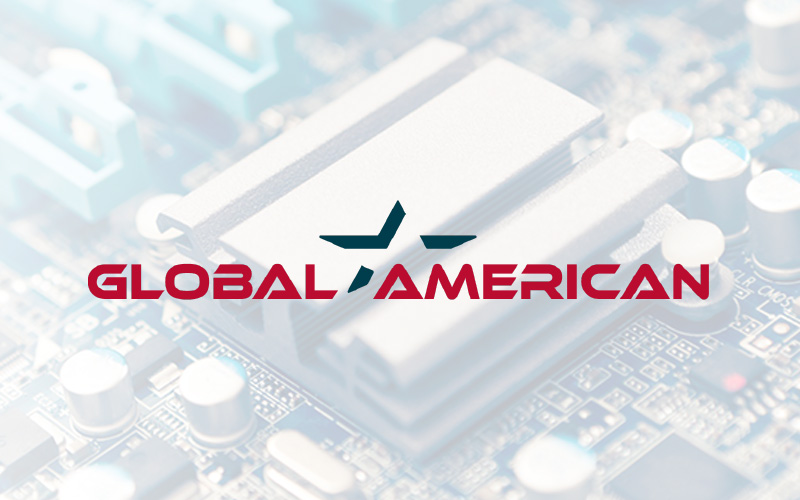
Industrial Automation in a Post-COVID Era
Posted on July 27, 2020
The Coronavirus pandemic has awakened the world to the threat posed by congested settings with too many crammed into a small space. An unforeseen casualty of this has been the industrial sector, where a large number of workers combine their efforts to keep an assembly line running.
Thanks to the extensive precautions necessitated by the current situation, industrial operations are being forced to cut down on their workforce, greatly reducing the output.
The time has never been more suitable to push for automation. By incorporating robotic equipment controlled by high-performance embedded computers, you can ensure that your industrial operations run at peak efficiency, even with a quarter of the staff.
What is Industrial Automation?
Most people mistake machinery for automation. While modern equipment does improve most industrial processes, without advanced computing systems to control and coordinate this technology, it is little better than another manufacturing tool.
Industrial automation is realized with a network of embedded computing systems and computerized machines that minimize the need for human intervention. Not only does this reduce the dependence of industrial processes on workers, but also ensures a much better efficiency than a traditional setup.
Apart from being more cost-effective, the biggest advantage of automated systems is quality. Unlike human controlled industrial processes, automated systems perform within a very small error margin, drastically improving the quality of end products.
Industrial automation can also pave the way for a more flexible system.
In the traditional industrial framework, switching to a different manufacturing process entails hiring a large number of new workers with the relevant skillset or retraining your existing workforce, which takes a significant investment of time and money.
An automated industrial setup, on the other hand, can easily shift gears to a different production line by just uploading the right schematic. This flexibility and reliability of computer controlled industries is the chief reason why most companies are moving toward industrial automation, more than just the cost savings arising from it.
Why do Industries Need to be Automated?
Even before the onset of the coronavirus pandemic, the industrial sector has been going through some tough times. Bottom lines have been getting tight with rising operating costs and narrower profit margins.
A large fraction of time and resources are lost to faults and errors in the assembly line, to say nothing about the larger human mistakes that routinely stall work in any industry.
An automated industrial process avoids most of these problems, as the rugged computers running the machinery are extremely durable, functioning perfectly in the face of harsh conditions that would see most computers break down.
Moreover, modern embedded systems are outfitted with high-performance GPUs capable of running powerful AI algorithms. These algorithms leverage machine learning to achieve everything from intelligent warehouse shuttle systems to machinery that can predict when it will break down.
And then there is the COVID-19 factor. As we are seeing, despite every precaution and safety measure, the virus is still spreading in leaps and bounds. Thus, even if every worker is given a mask and the industrial premises regularly sanitized, there is no way to guarantee that the disease will not make inroads there.
The best and the only foolproof way is to reduce the number of people that need to physically go to work. While engineers can easily work from home, this is harder to implement for industrial workers, especially skilled workers needed to operate complex machinery.
Embedded controllers can solve this dilemma by ensuring that your industrial processes can perform at their peak capacity with minimal human supervision. Also, thanks to the real-time feedback shared by these devices, snags can be dealt with quickly, without derailing the whole process.
Another factor is flexibility; changing consumption patterns necessitate a more flexible manufacturing process to be able to operate profitably. It is no secret that consumer demand has changed greatly from the pre-pandemic times, with many high-demand goods falling to the wayside while items with tepid sales catapulting to the top.
The Role of Embedded Systems in Industrial Automation
Embedded systems are designed with industrial applications in mind. These computers are compact and require less power than a personal computer with comparable specifications.
Furthermore, some embedded systems such as rugged, fanless computers are meant to be installed in cramped, harsh operating environments, such as those faced by most industrial machinery.
Then there is IoT. While Internet-of-Things is yet to take off in the home sector, smart interconnected devices are finding great use in industrial settings. With the right embedded controllers and IoT capable devices, you can seamlessly integrate your existing machinery into a unified, automated workflow.
Conclusion
Industrial automation is the key for companies to keep their operations afloat beyond the coronavirus pandemic. By reducing footfalls in your industrial plants, you can reduce the chances of spreading infection, apart from boosting the efficiency of your industrial process at the same time.
